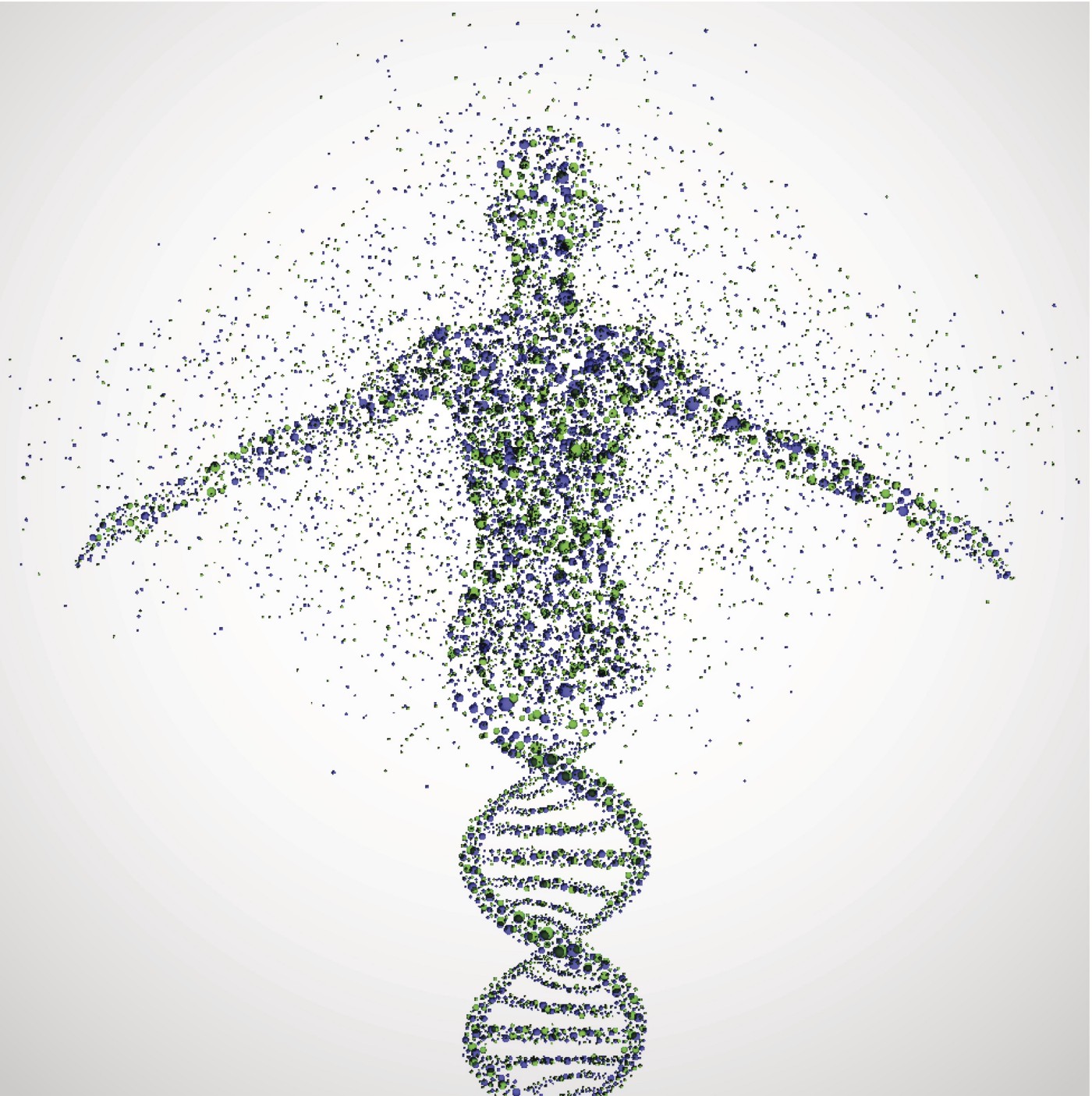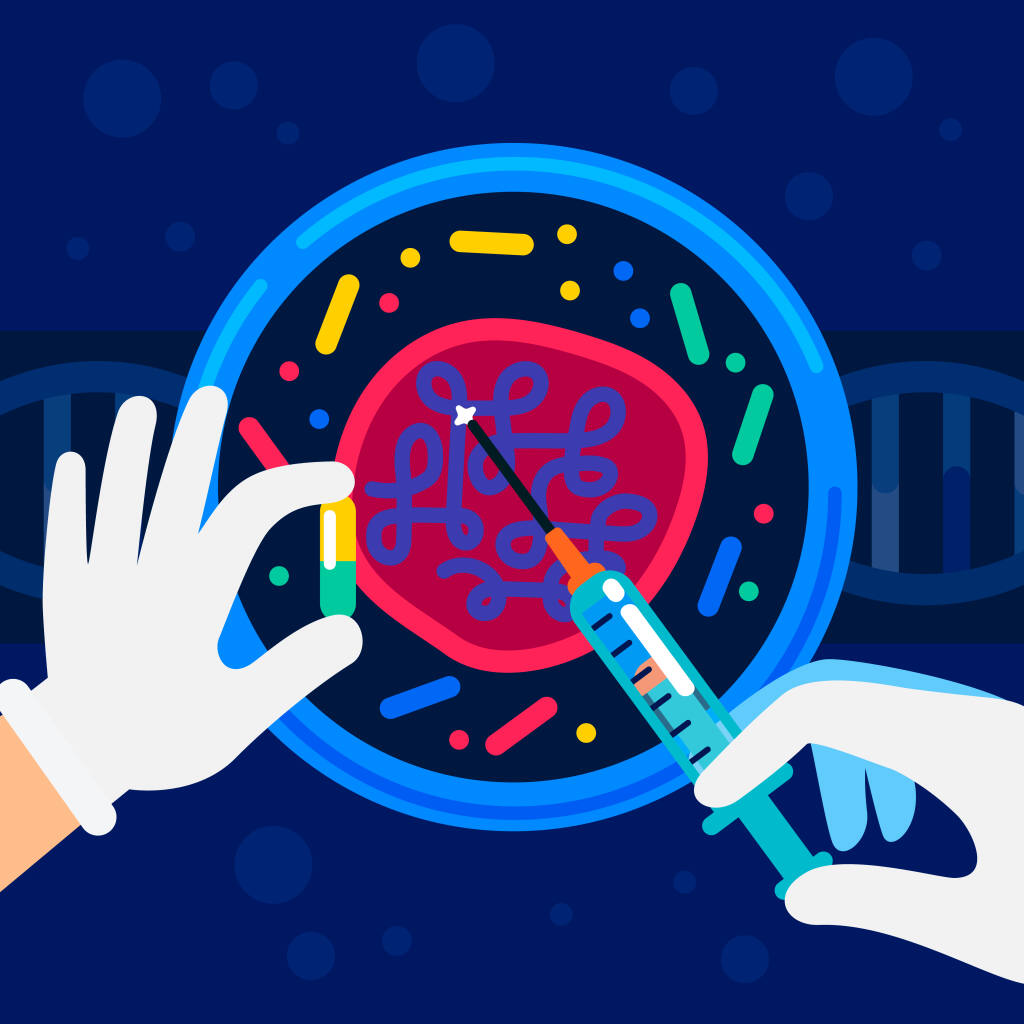
The History and Impact of The Human Genome Project On Medicine
During the past century, the scientific community has made significant discoveries which played a key role in deciphering the human genome: chromosomes were discovered to be the basis of inheritance; the DNA double helix was seen for the first time; the biological mechanism by which the cells read the information contained in the genes was established. This last discovery and the great advances in technology led to the new scientific field of genomics. Since then, thousands of genes and entire genomes have been decrypted.
Nowadays, we have learned a significant amount of information about genomics, we know more about whether a disease is hereditary and how it may impact us and our children. All this started with the Human Genome Project, which paved the way for the application of genomics in diagnostic and preventive medicine.

What is a Genome?
Before delving into the history and the technology behind the Human Genome Project, let’s establish the basis of what a genome is and the huge role it plays in personalized medicine.
DNA is the chemical compound within all our cells that holds the instructions for creating and developing life. It is mainly composed of 4 nucleotides (among other molecules): Adenine (A), Guanine (G), Cytosine (C) and Thymine (T). These are joined together in a very specific way: A with T and C with G organized in two complementary strands in the form of a double helix resembling a spiral staircase.
The organism’s complete set of DNA is called the genome. Simply put, the genome is the biological book of instructions for life, containing all the information needed to develop, function, and reproduce. This code will be transferred from parents to children. The genome includes all the genes, the basic units of genetics, and fragments of DNA that have the information needed to produce proteins that ultimately carry out multiple functions in the organism.
The Human Genome Project
In 1990, The Human Genome Project (HGP) was launched with the goal of deciphering the vast majority of the human genome. This entailed the discovery of all human genes and locating them along the genome, as well as understanding the amount of coding DNA we possess, and gaining knowledge about human development, physiology, medicine and evolution. Ultimately, the objective was to advance biomedical research by decoding important information about how the whole genetic material works.
To achieve this goal, The International Consortium for Human Genome Sequencing was formed, an open collaboration group involving twenty centers in six countries to sequence human DNA. The consortium included hundreds of scientists at 20 sequencing centers in China, France, Germany, Great Britain, Japan and the United States.
Rightfully considered one of the greatest feats of exploration in history, this inward examination of how the human genome is formed and determines our life journey, was completed in April 2003. It was a major challenge to map out all the genes found, leading to the earmarking of large sums of money for the completion of the work. Initially, funding began with c. $3bn and the estimated completion date of the project was within 15 years. However, the project was completed 2 years earlier and with a lower overall budget.
The first draft of the human genome was published in 2000, after scientists sequenced approximately 85% of the genome at that time. By 2003, when the final results were published, it was revealed that the genome contained approximately 3 billion base pairs. Eventually, the Human Genome Project revealed that the total number of genes within the human organism is 20,000… surprising if we compare that to the fact that small animals such as rats have 30,000 genes! Consequently, the conclusion is that the complexity of the organism is not directly linked to the number of genes it has.
Additionally, the project scientists discovered that the percentage of DNA that leads to the creation of proteins is around 1.5%. This leads to the question about what the remaining 98.5%, called non-coding DNA, does? Some research shows that part of this non-coding DNA is involved in gene regulation, but there are probably many host functions that non-coding DNA does that we still don’t understand, and more studies are currently being conducted.

The Human Genome Project and Beyond
When the Human Genome Project started, the main goal was to establish the human genome sequence. Thanks to the immense work that went into this project, scientists succeeded in discovering the ´instruction book of life´. This achievement marked a significant increase in the understanding of human biology, and it was a great step for new genetic studies. Many genes related to hereditary diseases have been mapped, paving the way for the development of new diagnostic methods and treatments, as well as new research to establish the genetic mechanisms involved in certain diseases.
Now, new sequencing technologies are available, allowing for faster and more affordable sequencing. This opens up the possibility of accessing personalized medicine; allowing us to know if we are at increased risk of developing certain diseases, that can also affect our offspring. It also helps us understand how we may react to certain drugs, as well as a vast quantity of information coded in our book of life. This is changing the concept of healthcare, providing tools for preventing diseases in healthy individuals without any symptoms of a disease. Currently, this genome revolution is improving medical check-ups and eventually possible treatments.
You May Also Like

The Sun – The Star of the Solar System (Part 3)
2021-10-24
Thing you should need to know about breast cancer.
2021-10-13


One Comment
Top 10 Drug Rehabs In Los Angeles
It’s amazing designed for me to have a web site, which is helpful for my know-how.
thanks admin